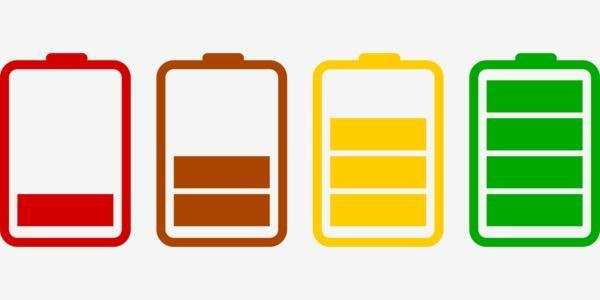
Privacy statement: Your privacy is very important to Us. Our company promises not to disclose your personal information to any external company with out your explicit permission.
With the popularization of low-carbon life concept, more and more people pay attention to home solar energy system. At the same time, some professional names and numbers are also annoying. What constitutes a home solar system? Are home solar systems really reliable? There are many problems that keep buyers and consumers away. This article will briefly introduce one of the home solar energy systems - inverter. The article provides data for you to purchase related products. It can also help you make more informed decisions.

Inverter is the direct current energy (battery, storage battery) into alternating current (generally 220v50HZ sine or square wave). Generally speaking, an inverter is a device that converts direct current (DC) into alternating current (AC). It consists of inverter bridge, control logic and filter circuit. Inverter is widely used in air conditioning, home theater, electric grinding wheel, power tools, sewing machine, DVD, VCD, computer, TV, washing machine, range hood, refrigerator, video recorder, massager, fan, lighting and so on. Simply put, an inverter is an electronic device that converts low voltage (12 or 24 or 48 volts) direct current to 220 volts alternating current. Because we usually use 220 VOLTS ac rectifier to direct current. Inverters do the opposite, hence the name. We are in an era of "mobile", mobile office, mobile communication, mobile leisure and entertainment. When on the move, people need not only the low-voltage direct current supplied by batteries or batteries, but also the 220-volt alternating current that is indispensable in our everyday environment. Inverters can meet our needs.

Precautions for using inverters.
1. The DC voltage should be consistent. Each inverter has input DC voltage value, such as 12V, 24V, etc. The battery voltage must be consistent with the dc input voltage of the inverter. For example, the 12V inverter must use 12V batteries.
2. The output power of the inverter must be greater than the power of the appliance. Especially for the electrical appliances with large power when starting.
3. The positive and negative poles of the inverter must be connected to the correct dc voltage of the inverter. Red is a positive electrode (+), and black is a negative electrode (-). The battery is also marked with positive and negative electrodes. Red is a positive electrode (+). And black is a negative electrode (-). The diameter of the connecting wire must be thick enough and the length of the connecting wire must be reduced as much as possible.
4.The inverter should be placed in a ventilated, dry place.Do not place or cover other items on the machine.The use of environmental temperature is not greater than 40℃.
5. Charging and inverter cannot be carried out at the same time. That is, the charging plug can not be inserted into the inverter output electrical loop.
6.Please use dry cloth or antistatic cloth to wipe to keep the machine clean.
7. Before connecting the input and output of the machine, please first ground the shell of the machine correctly.
8. To avoid accidents, users are not allowed to open the chassis for operation or use.

Privacy statement: Your privacy is very important to Us. Our company promises not to disclose your personal information to any external company with out your explicit permission.

Fill in more information so that we can get in touch with you faster
Privacy statement: Your privacy is very important to Us. Our company promises not to disclose your personal information to any external company with out your explicit permission.